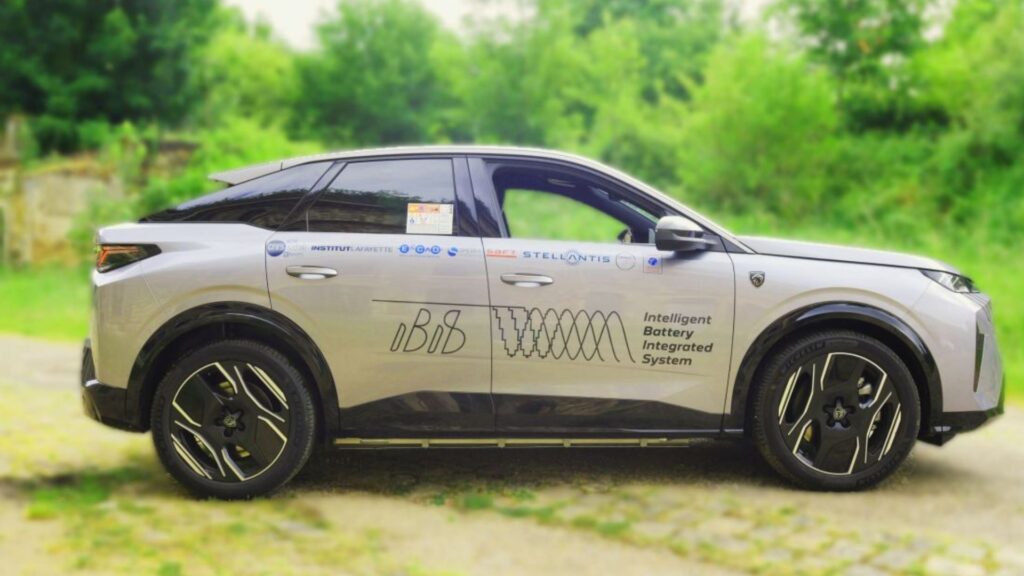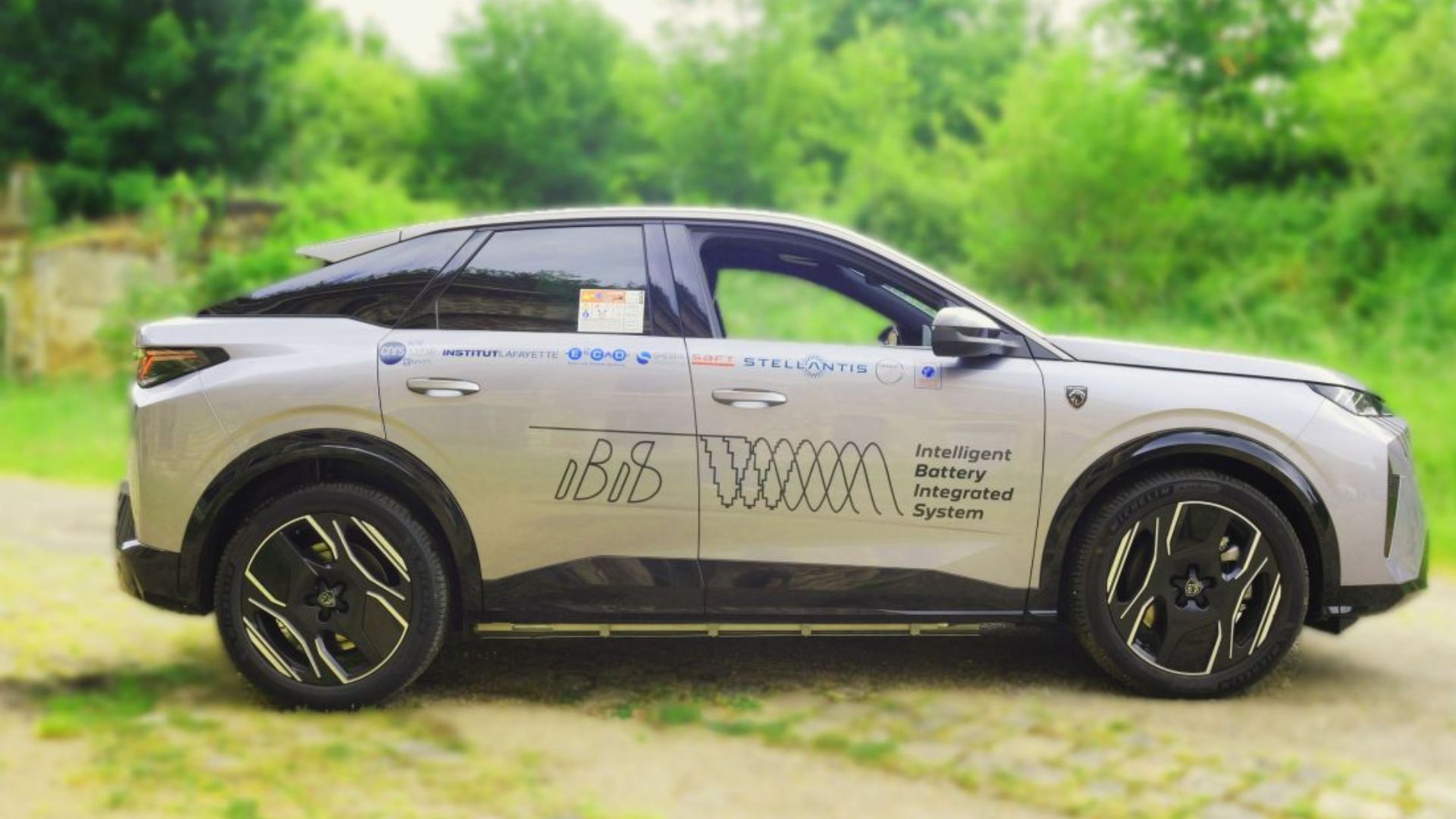
Stellantis introduced a prototype electric vehicle on September 19, 2025, featuring its Intelligent Battery Integrated System (IBIS)—a breakthrough that embeds inverter and charger functions directly into the battery pack, eliminating separate power electronics components and signaling a potential shift in EV architecture.
Weight Reduction and Faster Charging
The IBIS-enabled Peugeot E-3008 prototype integrates 200 power-conversion transistors within its battery, allowing direct alternating-current delivery to the motor and simultaneous 12-volt system support. This consolidation reduces vehicle weight by 40 kilograms and cuts charging time by 15% compared to conventional EVs, while improving energy efficiency by 10% and boosting peak power output from 150 kW to 172 kW with the same battery capacity (Stellantis).
Technical Innovation and Competitive Context
Ned Curic, Stellantis’ Chief Engineering and Technology Officer, emphasized that “simplification is innovation,” highlighting IBIS’s potential for lighter, more cost-effective EVs. The system’s real-world testing follows industry peers exploring integrated power electronics solutions: Chinese automaker BYD demonstrated 1,000-kW “flash charging” capable of 400 km in five minutes, and Panasonic revealed plans for anode-free cells promising 25% capacity gains by 2027 (Automotive World).
Industry-Wide Battery Innovation Race
Stellantis’ IBIS arrives amid a sector-wide push to overcome EV adoption barriers of cost and charging speed. Porsche is advancing a modular multi-level inverter to consolidate components, while other manufacturers pursue bespoke integrated battery systems. Stellantis notably abandoned its earlier plan to sell only EVs in Europe by 2030, citing the EU’s 2035 zero-emission mandate as “unrealistic,” and opted instead for a flexible multi-powertrain approach.
Commercialization Timeline and Beyond-Auto Applications
Pending continued real-world validation, Stellantis targets production-ready IBIS integration by 2030, with potential applications in rail, aerospace, marine, and data centers. Supported by France’s France 2030 initiative, Phase 2 testing began in June 2025. The project unites 25 specialists from CNRS, Université Paris-Saclay, Institut Lafayette, Saft (TotalEnergies), and industrial partners E2CAD and Sherpa Engineering. Saft EVP Hervé Amossé hailed IBIS as “a powerful testament to Saft’s innovation leadership” in advanced energy solutions.












